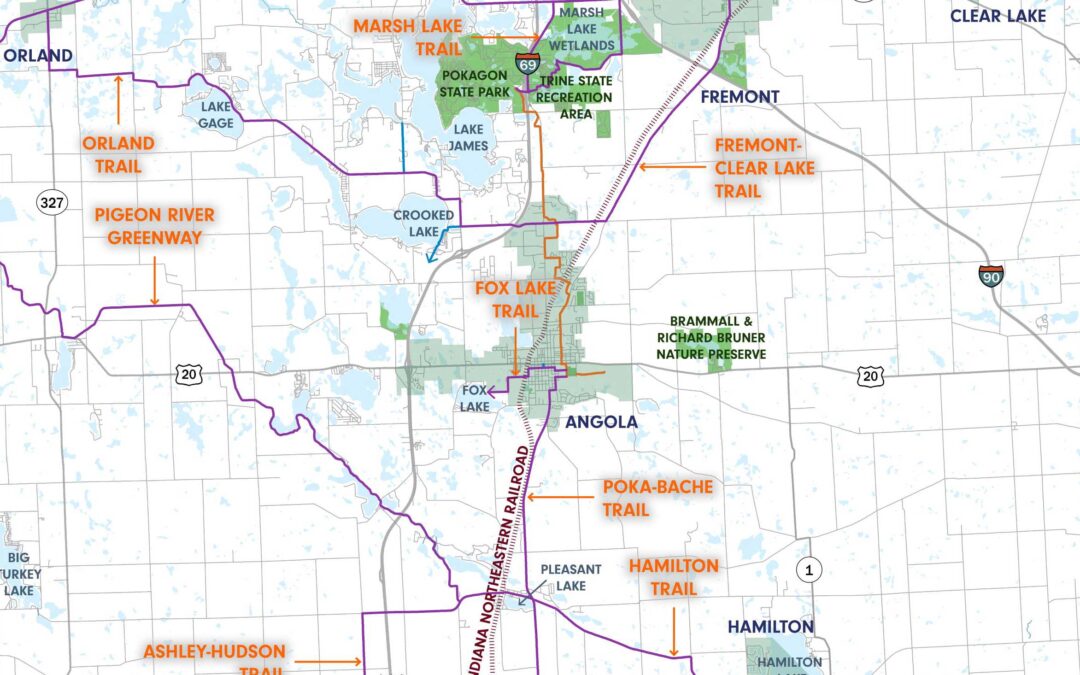
by Toni Takacs | Sep 20, 2024
Steuben County, IN
Greenway Master Plan
HWC is assisting an advisory group led by Steuben County Trails in the preparation of a Countywide greenway master plan for Steuben County, Indiana. The purpose of the plan is to establish a vision for primary greenway corridors within the County as well as an implementation strategy. The plan will be developed using AASHTO, NACTO, related guidelines, and local requirements. The final plan will include a vision statement with goals and objectives for the County, a greenway corridor routing map, trail development standards, a priority phasing plan, and implementation strategies.
The Steuben County Trails group has a vision to connect destinations, communities, and surrounding areas through a well-connected, multi-use trail network. The current trail network is comprised of one main trail, the Steuben County Multi-Purpose Trail. Nine additional trails were proposed with alternative routes and spur connections to connect nearby destinations. The community expressed interest in connections to the different cities and towns within Steuben County, neighboring counties, as well as two key destinations Pleasant Lake and 4 Corners. These trails were phased out in three stages based off priorities determined by the Steuben County Trails group.
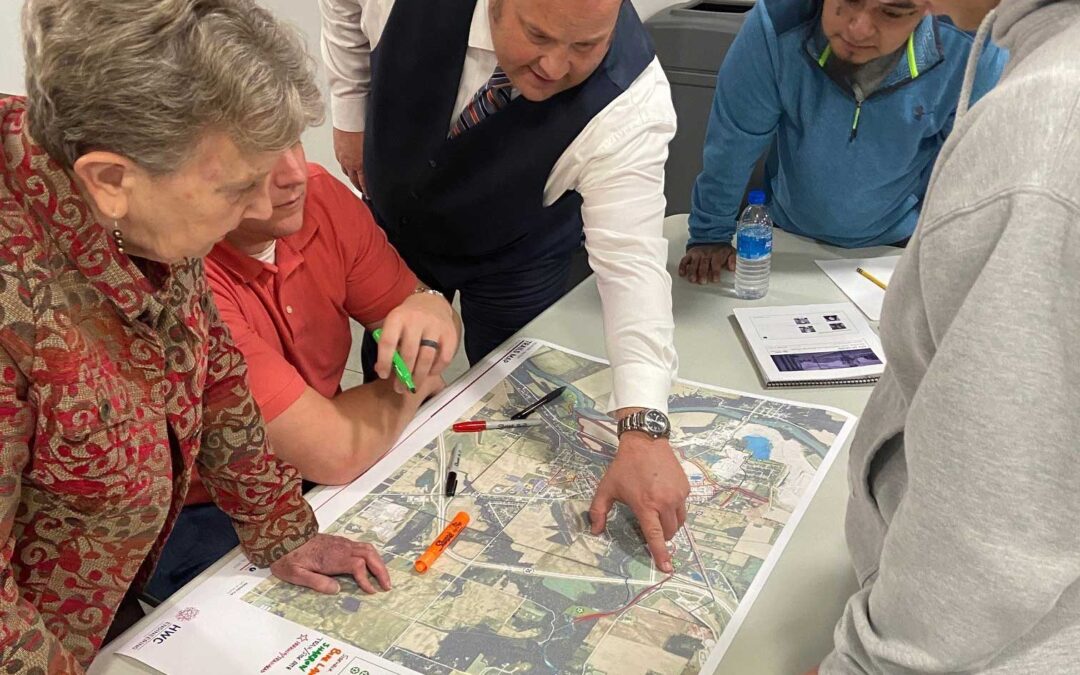
by Toni Takacs | Sep 20, 2024
Delphi, IN
Bicycle and Pedestrian Master Plan
In 2022, the City of Delphi was awarded funds from the Indiana State Department of health to develop the City’s first-ever bicycle and pedestrian master plan. With over 15 miles of historic trails, five public parks, and an array of recreational amenities throughout the community, the City of Delphi had already demonstrated a strong commitment to bicycle and pedestrian activity and hired HWC Engineering to build upon these assets to ensure the bicycle and pedestrian network met the needs of its residents, visitors, and workforce.
HWC led a 4-month planning process that identified not only needed infrastructure projects, but policy and programming projects to help complement, support, and grow the extensive bicycle and pedestrian network already existing in Delphi. Public engagement was a key element in identifying gaps within the network, as well as desired destinations. The result of the planning process was a proposed facilities map that identified infrastructure projects ranging from side-paths to bike lanes to sidewalks.
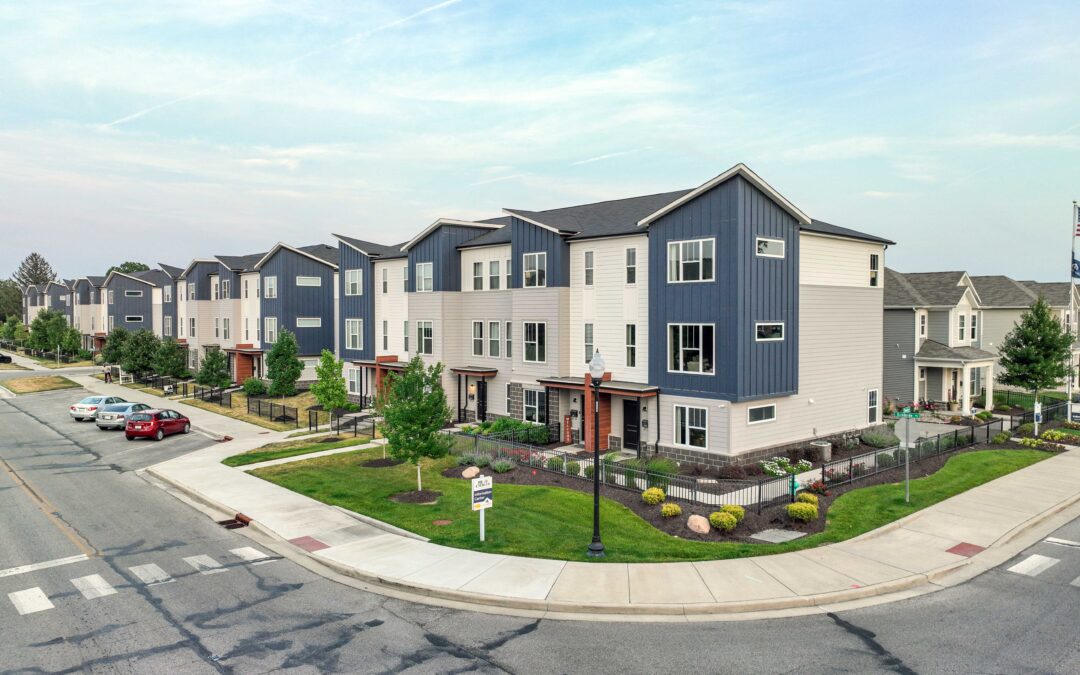
by Toni Takacs | Jul 11, 2024
Indianapolis, IN
Central Greens
HWC provided design for M/I Homes for a residential development in Indianapolis, Indiana. The new development included 36 single-family homes and 45 townhomes on nine acres. The improvements included new streets, storm sewers, utilities, and an infiltration basin for stormwater. The site is part of the overall development of Central State on West Washington Street. This urban site provides new homes to infill the existing developed areas that surround the improvements.
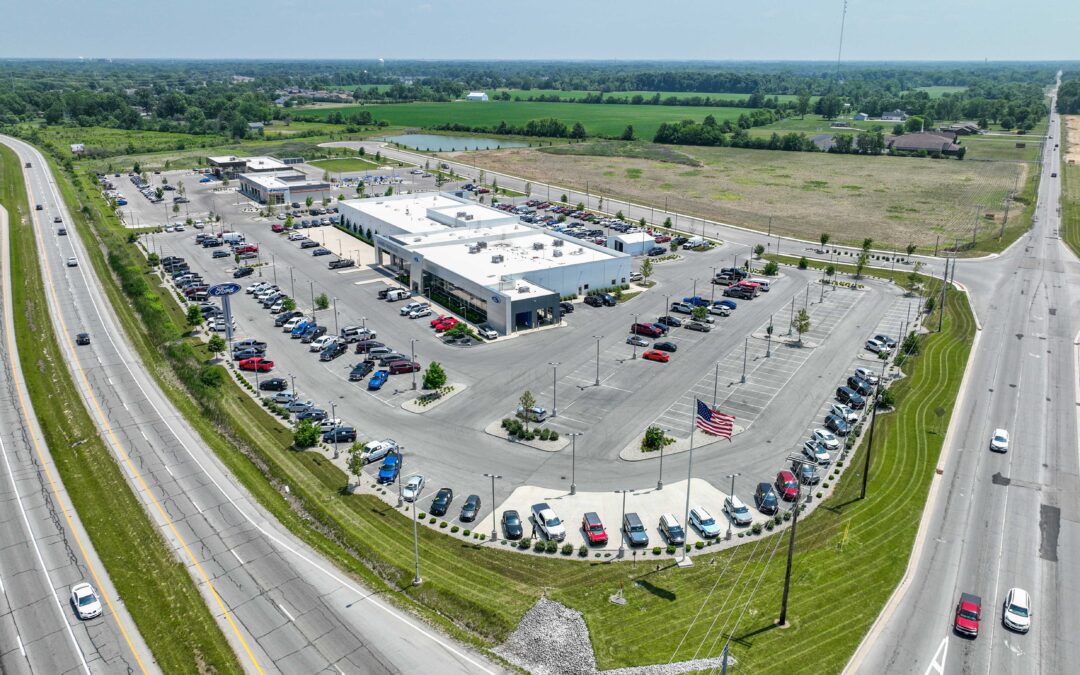
by Toni Takacs | Jul 11, 2024
Muncie, IN
Hubler Automotive
HWC worked with Hubler Automotive to develop a site in Muncie, Indiana for a new automotive complex with multiple buildings. The site included a new Ford dealership, a new Hyundai dealership, and a Quicklane oil change and carwash. The site is part of a new 36-acre commercial subdivision that created three large lots. The development includes a new street, sewers, watermain, and stormwater detention pond.
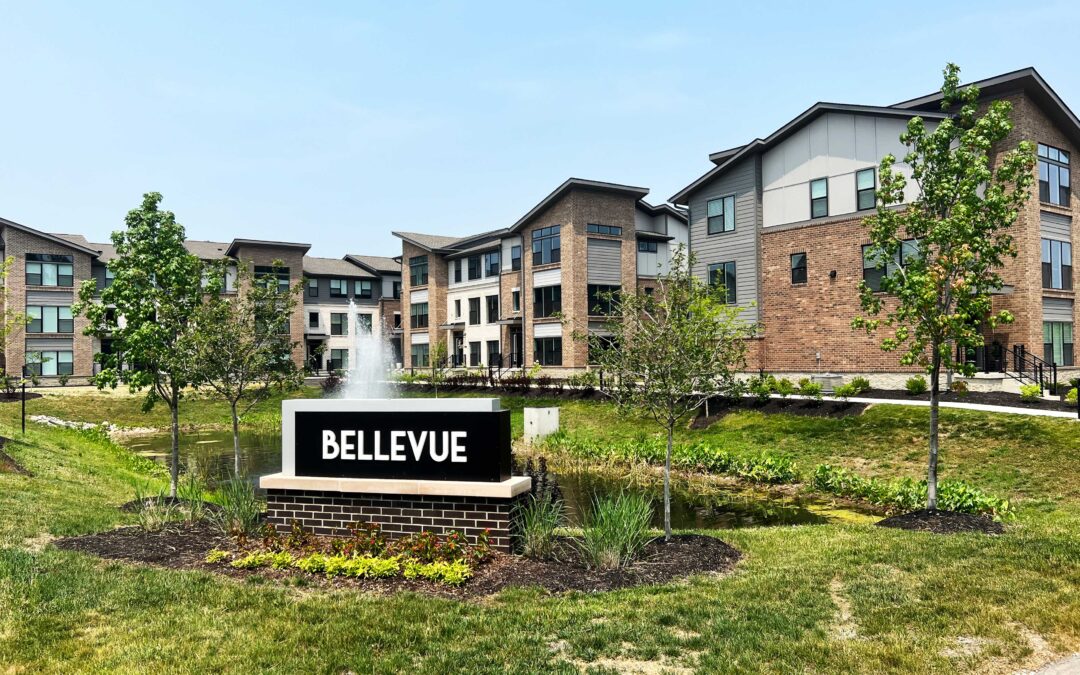
by Toni Takacs | Jul 11, 2024
Carmel, IN
116th & College Townhomes (Bellevue)
HWC worked with Lennar Homes to create a new townhome community in Carmel, Indiana. The small site developed 49 luxury townhomes on 4 acres. This new community made use of limited space to provide necessary green space and stormwater detention. This site developed in a growing area along 116th Street creating a unique urban lifestyle with connectivity to commercial areas as well as to the Camel Monon Community Center.






Recent Comments